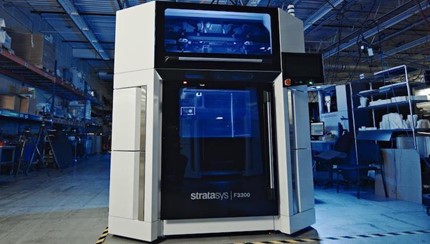As the 3D printing industry continues to evolve, high-speed technologies are emerging as a focal point for innovation. At TCT ASIA 2024, taking place from May 7-9 in Shanghai, attendees will have the opportunity to explore the latest advancements in both SLA technology TCT Asia and FDM technology TCT Asia. These technologies are not only enhancing production speeds but also revolutionizing the applications of 3D printing across various sectors.

The Rise of FDM Technology
Fused Deposition Modeling (FDM) has long been a staple in the 3D printing landscape, particularly for desktop printers. Models like the MakerBot and Ultimaker have set benchmarks with impressive speeds exceeding 450mm/second, thanks to advancements in dual extrusion techniques. This capability allows for the rapid production of complex geometries, making FDM a popular choice among hobbyists and professionals alike.
At TCT ASIA, discussions will center around how FDM technology TCT Asia is being integrated into industrial applications. The ability to produce parts quickly and efficiently is vital for sectors such as automotive and consumer goods, where time-to-market is crucial. Attendees can expect to see live demonstrations showcasing the latest FDM printers that push the boundaries of speed and reliability.
Advancements in SLA Technology
On the other hand, Stereolithography (SLA) technology is also making significant strides. Leading printers like the Formlabs Form 3+ and Carbon M2/L1 are achieving build speeds of over 300 cubic millimeters per hour. This impressive output is made possible through advanced resin formulations and optimized print settings, enabling manufacturers to produce high-quality parts in record time.
At TCT ASIA, the spotlight will be on SLA technology TCT Asia as it showcases its potential for producing intricate designs with exceptional surface finishes. The medical and dental sectors, in particular, benefit from SLA's ability to create precise prototypes and end-use parts. The conference will feature presentations from industry leaders who will share insights into how SLA technology is evolving to meet the demands of modern manufacturing.
Emerging Trends and Future Directions
One of the key themes at TCT ASIA 2024 will be the convergence of FDM and SLA technologies, as manufacturers seek to harness the strengths of both methods. This hybrid approach can lead to new opportunities for rapid prototyping and production, allowing businesses to optimize their workflows.
Additionally, sustainability will be a prominent topic of discussion. Both FDM and SLA technologies are exploring eco-friendly materials and processes, which resonate with the growing demand for sustainable manufacturing solutions. Attendees will learn about innovations in biodegradable filaments and recyclable resins that reduce waste and promote a circular economy.
Conclusion
As the 3D printing landscape continues to evolve, TCT ASIA 2024 stands as a pivotal event for industry professionals to explore the latest trends in SLA technology TCT Asia and FDM technology TCT Asia. With a focus on high-speed printing and innovative materials, this year's summit promises to illuminate the future of 3D printing. Whether you are a manufacturer, designer, or enthusiast, the insights gained at TCT ASIA will equip you with the knowledge to stay competitive in this rapidly advancing field.